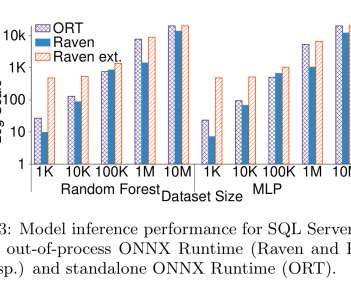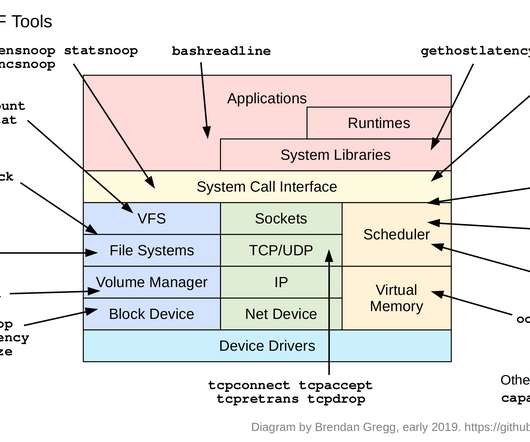Crucial Redis Monitoring Metrics You Must Watch
Scalegrid
JANUARY 25, 2024
These can help you ensure your system’s health and quickly perform root cause analysis of any performance-related issue you might be encountering. Evaluating factors like hit rate, which assesses cache efficiency level, or tracking key evictions from the cache are also essential elements during the Redis monitoring process.





































Let's personalize your content